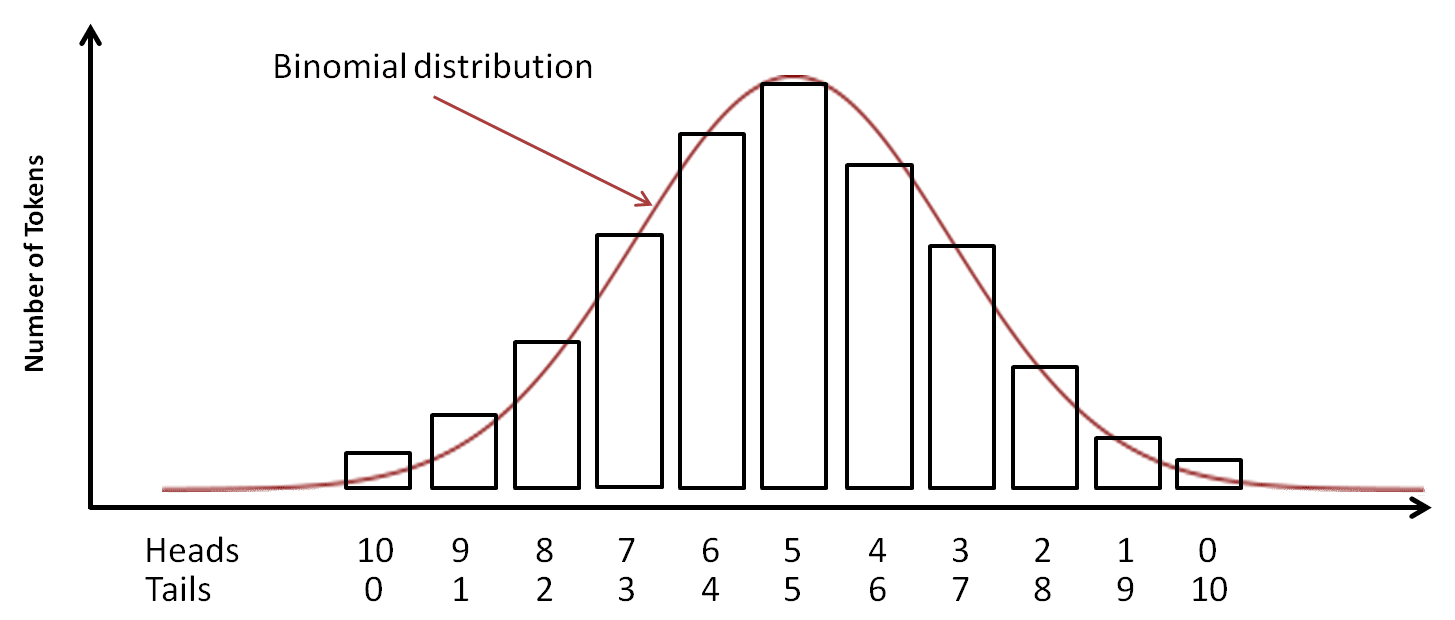
The density estimate was performed with a Gaussian kernel and a bandwidth of 2. The height of the curve is scaled such that the area under the curve equals one. The most widely used kernel is a Gaussian kernel (i.e., a Gaussian bell curve), but there are many other choices.įigure 7.3: Kernel density estimate of the age distribution of passengers on the Titanic. In kernel density estimation, we draw a continuous curve (the kernel) with a small width (controlled by a parameter called bandwidth) at the location of each data point, and then we add up all these curves to obtain the final density estimate. This curve needs to be estimated from the data, and the most commonly used method for this estimation procedure is called kernel density estimation. In a density plot, we attempt to visualize the underlying probability distribution of the data by drawing an appropriate continuous curve (Figure 7.3). More recently, as extensive computing power has become available in everyday devices such as laptops and cell phones, we see them increasingly being replaced by density plots. Histograms have been a popular visualization option since at least the 18th century, in part because they are easily generated by hand. When making a histogram, always explore multiple bin widths. On the other hand, if the bin width is too large, then smaller features in the distribution of the data, such as the dip around age 10, may disappear.įor the age distribution of Titanic passengers, we can see that a bin width of one year is too small and a bin width of fifteen years is too large, whereas bin widths between three to five years work fine (Figure 7.2). In general, if the bin width is too small, then the histogram becomes overly peaky and visually busy and the main trends in the data may be obscured. It is therefore critical to always try different bin widths to verify that the resulting histogram reflects the underlying data accurately. Most visualization programs that generate histograms will choose a bin width by default, but chances are that bin width is not the most appropriate one for any histogram you may want to make. 30.1 Thinking about data and visualizationįigure 7.1: Histogram of the ages of Titanic passengers.īecause histograms are generated by binning the data, their exact visual appearance depends on the choice of the bin width.29.5 Be consistent but don’t be repetitive.28.2 Data exploration versus data presentation.
NEGATIVE SQUEED HISTOGRAM SOFTWARE
NEGATIVE SQUEED HISTOGRAM SERIES
13.3 Time series of two or more response variables.13.2 Multiple time series and dose–response curves.13 Visualizing time series and other functions of an independent variable.12 Visualizing associations among two or more quantitative variables.10.4 Visualizing proportions separately as parts of the total.10.3 A case for stacked bars and stacked densities.9.2 Visualizing distributions along the horizontal axis.9.1 Visualizing distributions along the vertical axis.9 Visualizing many distributions at once.8.1 Empirical cumulative distribution functions.8 Visualizing distributions: Empirical cumulative distribution functions and q-q plots.

7.2 Visualizing multiple distributions at the same time.7 Visualizing distributions: Histograms and density plots.3.3 Coordinate systems with curved axes.2.2 Scales map data values onto aesthetics.2 Visualizing data: Mapping data onto aesthetics.Thoughts on graphing software and figure-preparation pipelines.


 0 kommentar(er)
0 kommentar(er)
